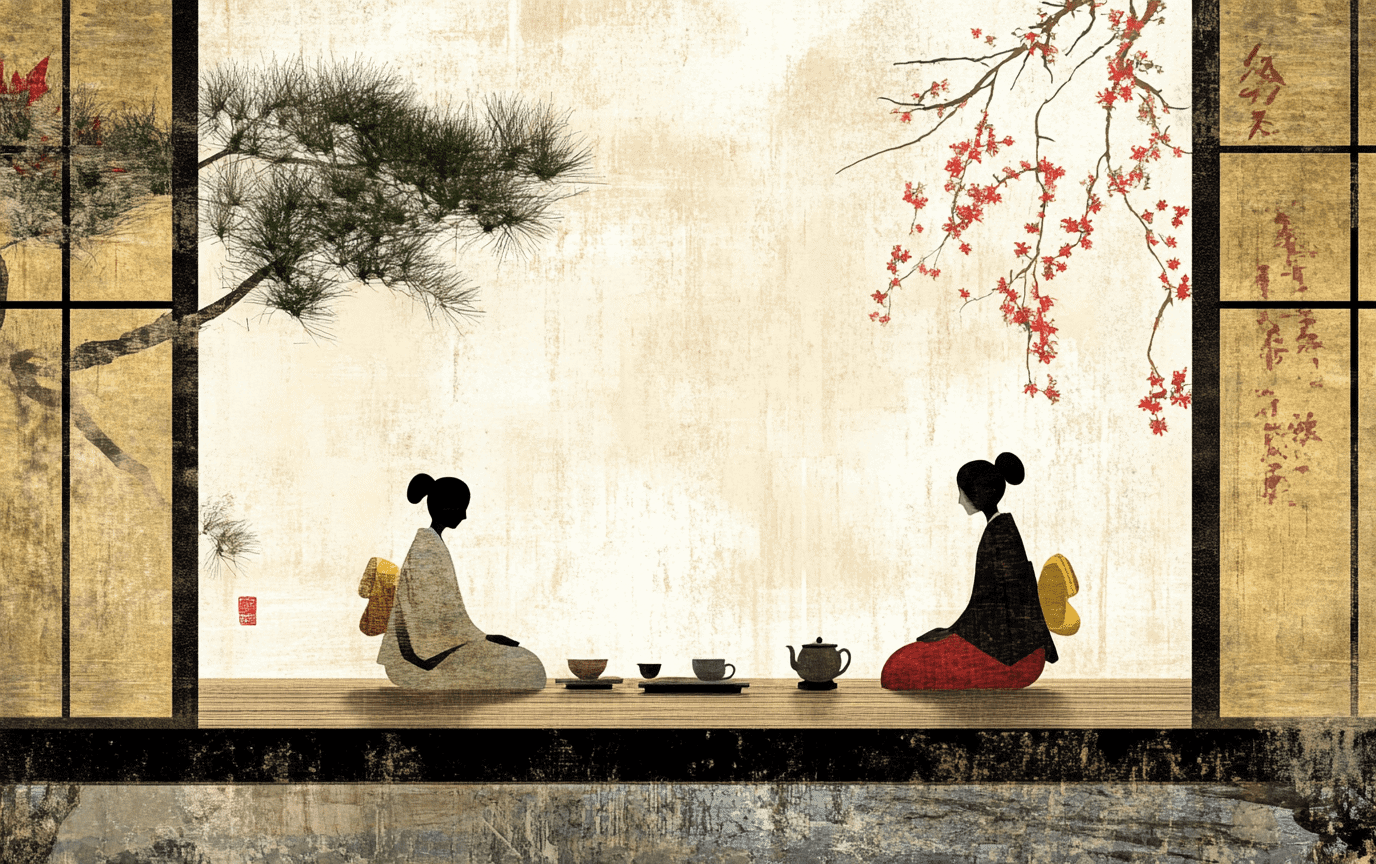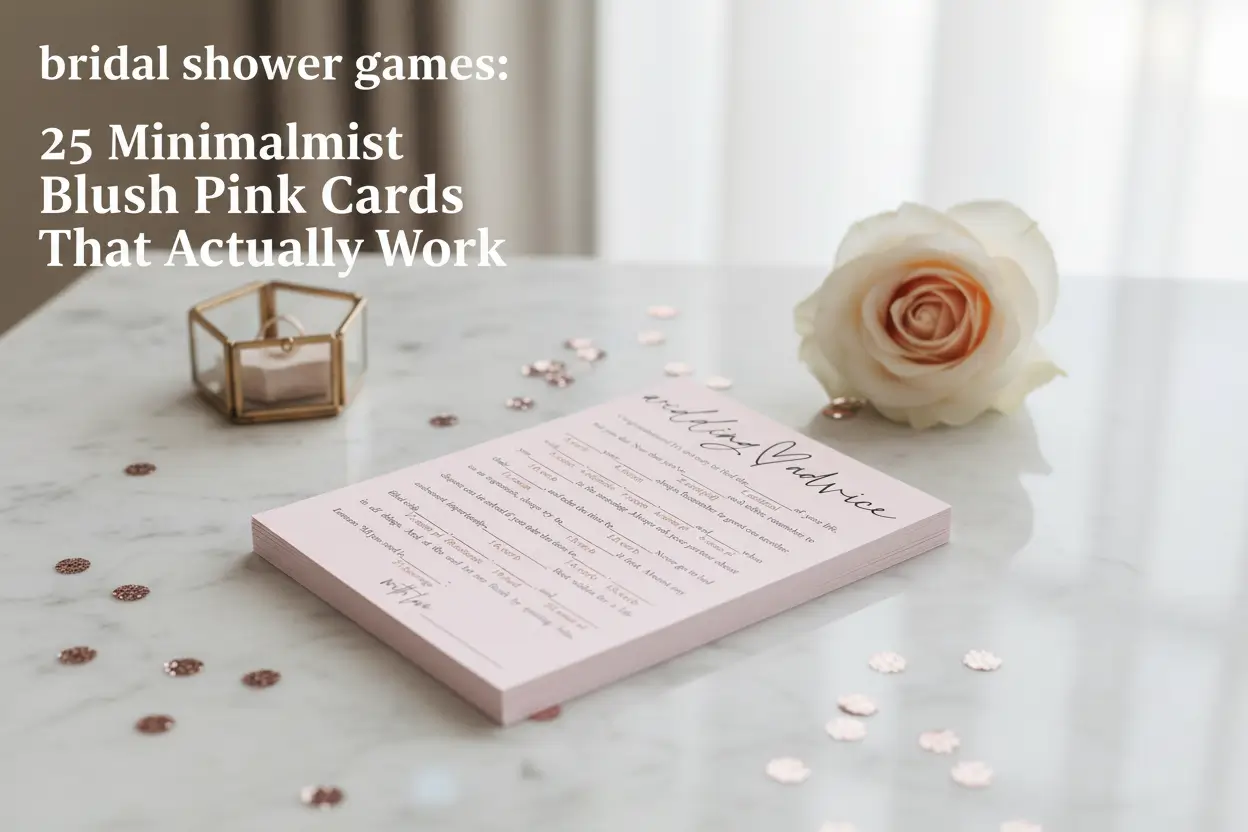Understanding the Japanese Tea Ceremony: A Comprehensive Guide
The Japanese tea ceremony is not merely an act of preparing green tea; it is a culmination of centuries of cultural evolution, spiritual contemplation, and artistic expression. Known as sadō or chadō, translating to “The Way of Tea,” this ceremony transforms the act of drinking tea into an immersive experience of harmony, tranquility, and utmost respect. Picture this: a tranquil tea house adorned with tatami mats, the sun gently filtering through paper screens, the rhythmic whisking of matcha as a palpable sense of serenity envelops the atmosphere. What you discover here is more than just a beverage; it is a ritual steeped in tradition and meaning, inviting every traveler to savor life slowly.
History of the Japanese Tea Ceremony
The historical roots of the Japanese tea ceremony trace back to the 9th century, when a Buddhist monk named Eichu first introduced tea to Emperor Saga during a visit to the village of Karasaki. Can you imagine the humble beginnings, tea exchanged within sacred space, albeit lacking the refined practices of today?
It wasn’t until the 12th century when matcha, a powdered form of green tea, dynamically changed the landscape of this tradition. Brought back to Japan by the monk Eisai from his travels to China, matcha became the centerpiece of the ceremony. The vibrant green powder, embodying health and vitality, transitioned the experience from mere refreshment to a ritual of mindfulness and focus.
Fast forward to the 16th century: the infusion of Sen no Rikyu’s philosophies transformed the tea ceremony into the refined art form we recognize. His belief that tea should be enjoyed simply, together with the attention to natural aesthetics in smaller, rustic tea houses, set a precedent. The focus on the connection between nature, the host, and guests did not merely define the ceremony; it overflowed into Japanese philosophy—where every aspect of life is enhanced through appreciation of the present moment.
Principles of the Japanese Tea Ceremony
The essence of the tea ceremony is encapsulated in four guiding principles:
Wa (Harmony)
Harmony, or wa, signifies the seamless unity among host, guests, and the environment. Every action taken during the ceremony aims to cultivate an atmosphere where connection flourishes amid serenity.
Kei (Respect)
Respect, or kei, runs deep. It encompasses consideration for the tea, the utensils, the setting, and, more importantly, for one another. It invites appreciation of shared experiences, a virtue ingrained in every cultural interaction.
Sei (Purity)
Purity, or sei, communicates the essentials of cleanliness—not only of the tea utensils but also of the mind. As participants, clarity of thought and intentions enhances the entire experience.
Jaku (Tranquility)
Lastly, tranquility, or jaku, is the serene state nurtured through the ceremony. It is a moment to pause, draw breath, and reflect, encouraging each traveler to engage gently with fleeting thoughts that dance like steam off a freshly brewed cup of matcha.
The Tea Ceremony Steps
Every detail matters in the intricate dance of the Japanese tea ceremony. Let’s take a closer look at the steps involved.
Preparation of the Tea Room
Step into the tea house, where simplicity reigns. Tatami mats, crafted from rice straw, stretch across the floor with warmth. An alcove, or tokonoma, showcases a scroll and seasonal floral arrangement – a reminder of nature’s ever-changing beauty. The fireplace, often designed in traditional Japanese style, adds intimacy to this sacred space. The atmosphere is charged with anticipation—each element meticulously curated to foster connection through simplicity.
Purification of Tea Ware
The host’s first action is purification using a silk cloth called fukusa. The selection of the natsume (tea jar), chashaku (tea scoop), and chasen (tea whisk) becomes a moment of reverence. It’s more than cleaning; it symbolizes respect towards the tools instrumental in the ceremony.
Preparation of Matcha Tea
Hot water preheats the matcha bowl, and as it is discarded, attention turns to the delicate preparation. The chasen is soaked, its bristles awakening and becoming pliable. With a careful hand, two scoops of vibrant green matcha enter the bowl, accompanied by the gentle cascade of water. The host expertly whisks in a zigzag motion, coaxing forth pale froth that signifies the transition from mere ingredients to an elixir of serenity.
Serving and Drinking
As the guests receive the bowl, a hush blankets the air. With both hands, they accept the vibrant vessel, pivoting it to admire its design—an invitation to engage all senses before drinking. It’s a ritual dance, the host’s role fitting within the broader fabric of gifting, suppressed as they refrain from consuming the tea they prepared, highlighting that the joy is found not in the act itself, but in the shared experience.
Wagashi and Seasonal Elements
Before indulging in matcha, traditional _wagashi_—beautifully crafted sweets—dance onto the scene. These treats artfully balance the matcha’s bitterness, symbolizing the duality of life itself. Conversation often drifts towards the beauty of present moments, with discussion of cherry blossoms in spring or the hues of autumn leaves enhancing the bond among participants.
Etiquette and Manners
To truly engage with the Japanese tea ceremony, one must observe a unique set of etiquette that nurtures respect and appreciation.
- Dress Code: Wear your best kimono or dress conservatively; heavy fragrances and extravagant jewelry should remain absent to allow the tea’s essence to shine.
- Silence and Respect: During the initial purification and preparation, silence prevails, echoing the respect core to this tradition. Giving your full attention enhances everyone’s experience.
- Basic Manners: Punctuality is essential; shoes must come off at the door. Ensure that your devices are silenced—disruptions feel rude in this sanctuary.
- Compliments: As the curtains fall on the ceremony, share genuine compliments about the tea bowls or the flowers; acknowledgement deepens connections.
- Conversation Topics: Discuss the tea, the season, or the beauty around you—avoid delving into personal matters, which can disrupt the mindfulness cultivated within the space.
Types of Tea Served
The ceremony traditionally offers two types of matcha:
Koicha (Thick Tea)
Feeling formal, koicha is rich and concentrated, served at ceremonial occasions. It invites a communal experience where guests often share one bowl.
Usucha (Thin Tea)
Conversely, usucha is lighter and commonly served at informal gatherings—each sip speaks to the simplicity of savoring tea daily.
The Significance of the Tea Ceremony
What lies beneath these meticulous processes is a reflection of life. The Japanese tea ceremony transcends mere ritual: it is a mechanism of connection that emphasizes relationships and mindfulness. Life often unfolds in silence, yet the act of sharing tea allows for dialogues without words, fostering connections that deepen our sense of belonging.
The ceremonial structure breathes life into moments of stillness, helping participants appreciate the beauty interwoven within simplicity. It teaches us that in our hurried lives, there exists remarkable depth to finding joy in actions as simple as sharing a cup of tea.
Practicing the Art of Tea
Mastering the art of the tea ceremony is a commitment akin to learning a delicate craft. Each action is performed with deliberate focus. You may discover layers of meaning during practice, from the choices of utensils to the subtle variations in whisking technique. The journey is one of self-discovery as much as it is learning about tea.
Every ceremony serves as an invitation, not just to sip tea, but to journey inward, seeking clarity through the shared experience of hospitality and mindfulness.
Conclusion
In closing, the Japanese tea ceremony endures as a beautiful lens through which to view life. It is a testament to the art of mindfulness—a bridging of hearts that transcends spoken language. As travelers step into this world of sadō, they imbibe more than just tea; they engage with centuries of tradition that celebrates harmony, respect, purity, and tranquility.
So, the next time you find yourself holding a bowl of matcha, take a moment to breathe—invite in the essence of this tradition, and allow its lessons to envelop your being. Perhaps in those still moments, you may find clarity, connection, and reminder of life’s essential beauty.
Envision finding serenity in the delicate art of a Japanese tea ceremony, a transformative experience you can deepen by exploring Find Your Peace: Unlock the Secrets of the World’s Best Wellness Retreats for soul-soothing destinations, capturing the moment with Uncover the Most Instagrammable Destinations of 2025, and planning your trip with Unlock Hidden Flight Deals.
Want to stay updated on the latest travel tips? Check out our Travel Tips section: For lifestyle inspiration, explore our Lifestyle category, and discover amazing destinations here. Don’t forget to enhance your travel life by diving into our community on YouTube, following our adventures on Instagram, and discovering creative ideas on Pinterest. Your journey now has more support than ever before. Safe travels!













